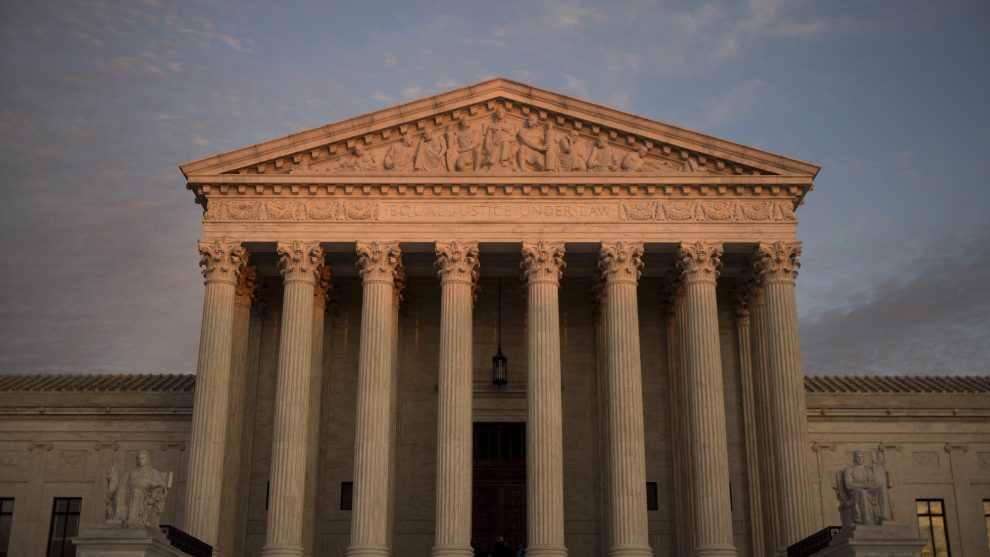For decades, Anaconda Company Smelter operated an enormous copper smelting factory in Opportunity, Montana. And for more than seven decades, that factory spewed tons of toxic waste, mostly arsenic, into the community’s soil and water supply. In 1983, the EPA made Opportunity one of its Superfund sites, and ordered the Atlantic Richfield Company, which acquired the site in 1977, to pay more than $450 million to address the toxic waste in the area. As it turns out, that wasn’t nearly enough, said the lawyers for 100 families in the town whose case, Atlantic Richfield Company v. Gregory A. Christian, was argued Tuesday in the Supreme Court.
At issue was the decision by the Montana Supreme Court, which awarded the citizens $58 million in additional damages after they took ARCO to court for more funds. ARCO rejected the settlement, arguing that it was needlessly expensive and perhaps even illegal. Now it’s up to the nation’s highest court to decide if the EPA Superfund settlements can be supplemented by future plaintiffs. Though the case originates in a rural town of 500, it carries broad implications for the scope of EPA’s authority. It focuses specifically on how the agency deploys the Comprehensive Environmental Response, Compensation and Liability Act (CERCLA), a 1980 law that guides the EPA in how it holds groups responsible for environmental cleanup. Whether additional remedies, beyond the scope of CERCLA or EPA, can be used in an environmental clean up, will be decided by the court.

